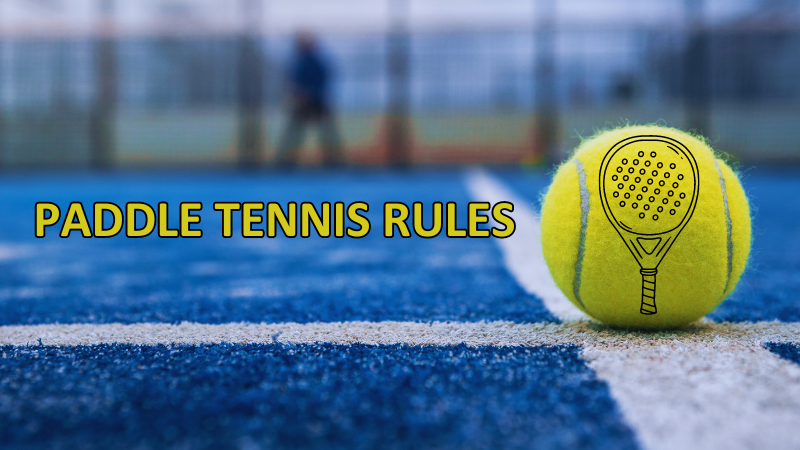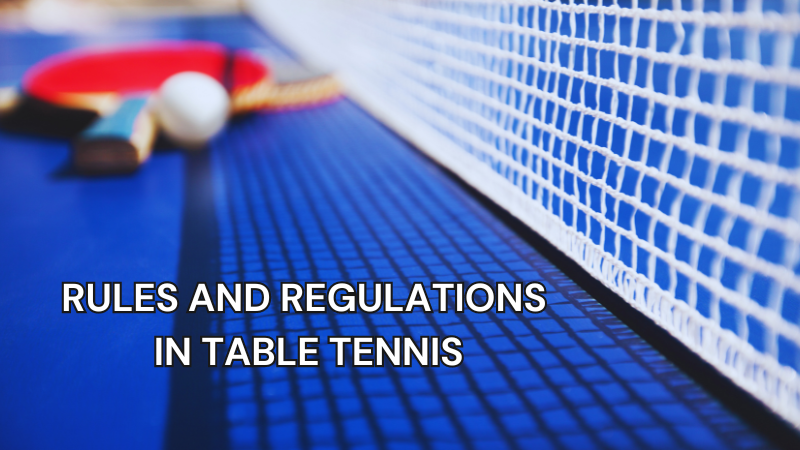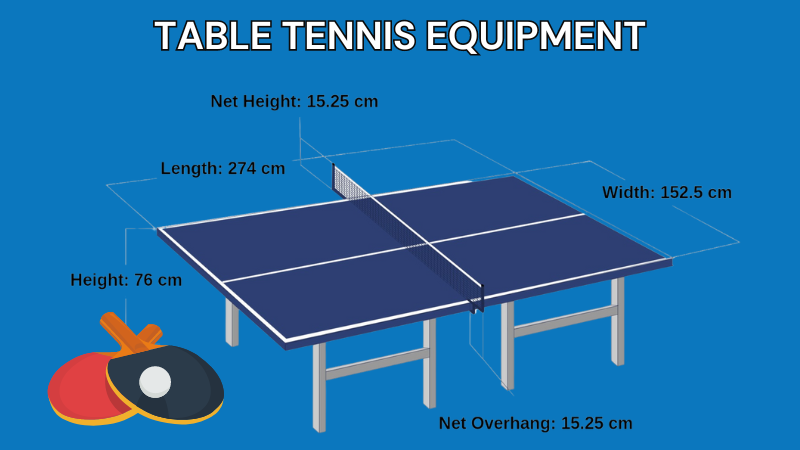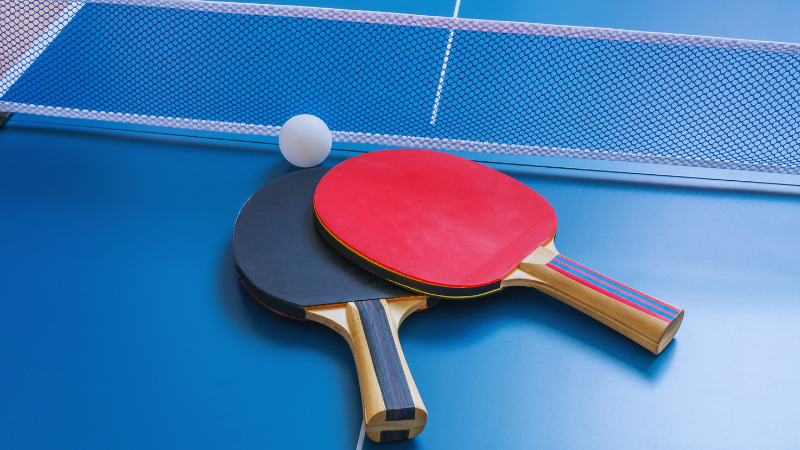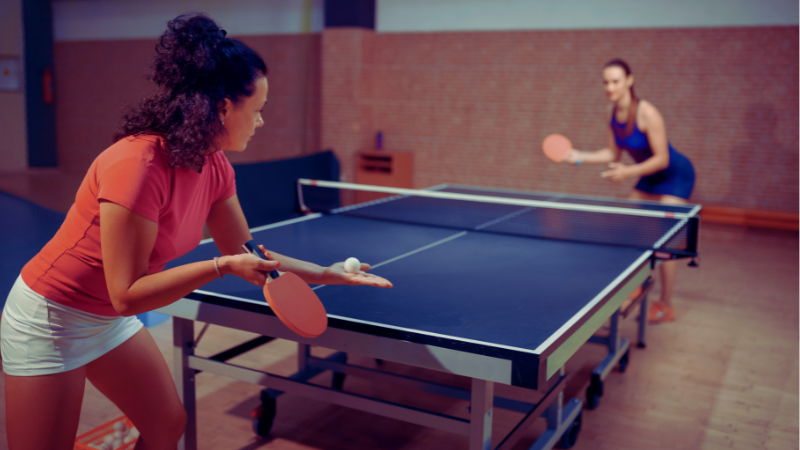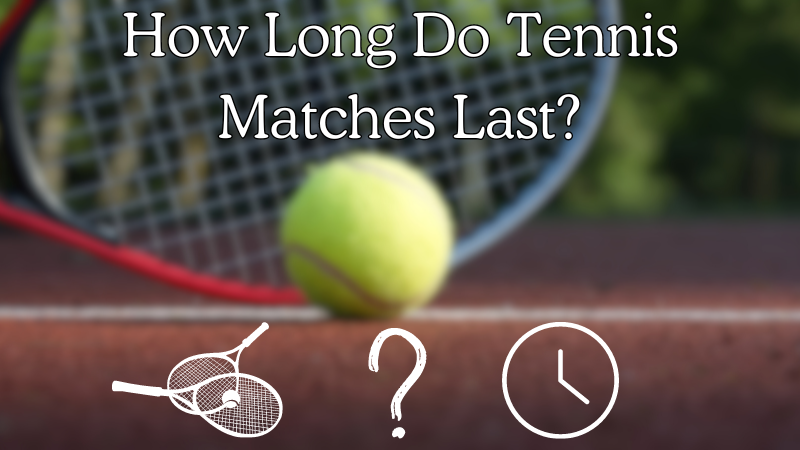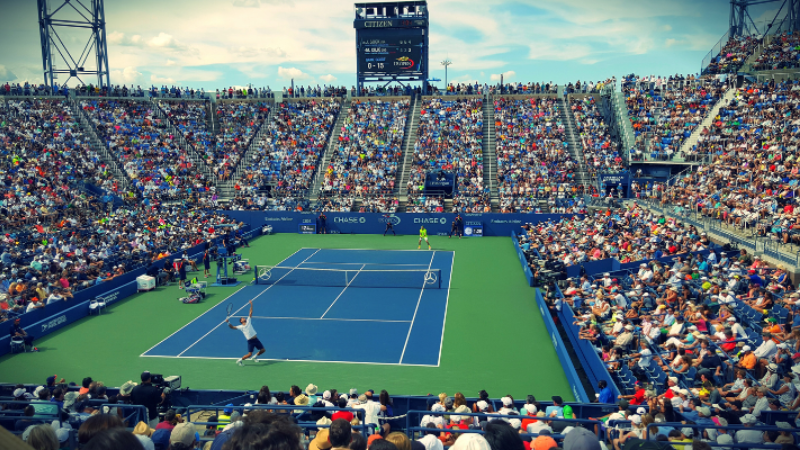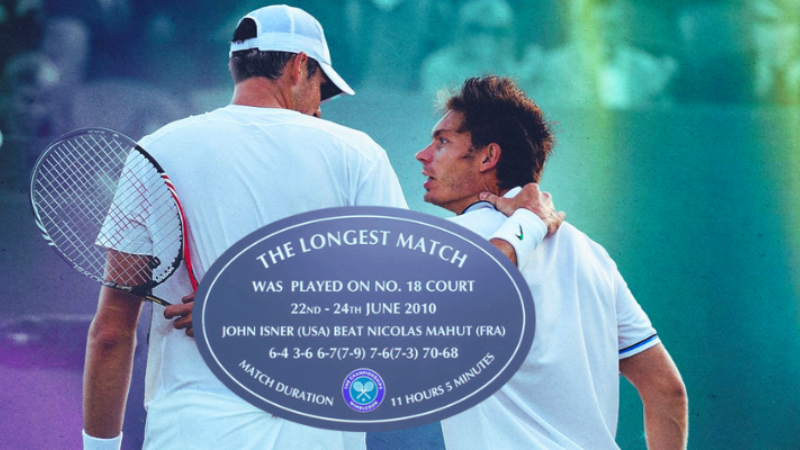Paddle tennis, or POP Tennis, is an increasingly popular and growing game, but how do you play?
What are the most important paddle tennis rules? Here we solve it all for you.
How to Play Paddle Tennis?
Paddle tennis (POP Tennis or padel) is a racket sport played in pairs on a closed rectangular court with glass walls and a net in the center of the court. Also you can read about double tennis rules.
The objective of paddle tennis is to hit the ball with the paddle so that it passes over the net and falls into the opposing team’s court without them being able to return it.
One of the keys to how paddle tennis is played is that the serve begins with the forehand player hitting the ball into the diagonally opposite court.
After the serve, players are free to move around their half of the court and alternate hitting the ball.
The ball may bounce once on the ground before being returned, but must be hit before it bounces 2 times on the ground.
To win, the predetermined number of games must be reached, usually 6, with a difference of two games. In case of a tie, a tie-break is played to decide the winner of the set.
What are the Rules of Padel Tennis I Should Know?
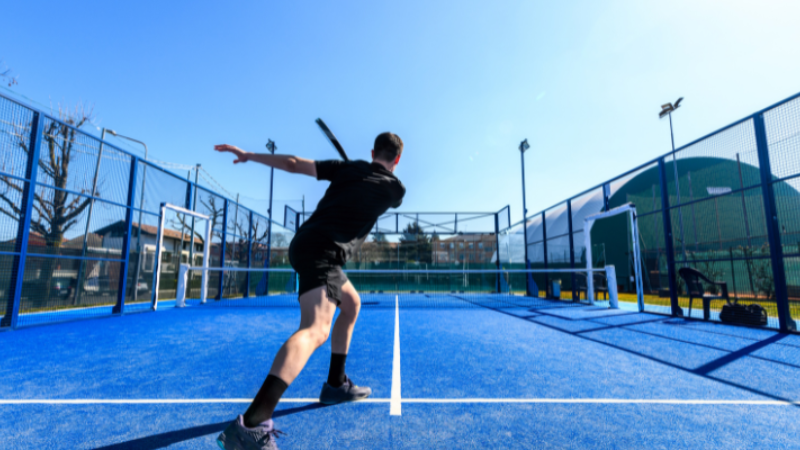
Number of Players
Although it is common to see individual courts in many facilities, paddle is a team sport where we play with a partner to face another couple.
Individual courts are more used to cover dead spaces in clubs, serve as a school court for children or initiation in adults, cover the tastes of people who want to hang out with a friend.
Tips of How To Play Paddle Tennis
- One of the most important paddle rules is that the serve must be below the waist and diagonally to the opponent’s court. The serve is fundamental in paddle tennis, since it is the only opportunity in which the player can take the ball with his hand.
- The paddle rules state that players may not touch the net with either the paddle or the body during play. If a player touches the net during play, the point is lost.
- This is another of the basic rules of padel that you should know. If the ball touches anywhere on the wall or the net and then goes towards the opponent’s court, it is considered good, that is, it gives a point.
- According to the rules of paddle tennis, if the ball goes out of the court, the point is lost. The ball is considered out if it touches anything outside the court, including the net, walls or ceiling.
- The rules of paddle indicate that players may not cross the center line that divides the court, neither with their feet nor with the paddle, unless the ball has passed to the other side. And in the latter case they can only pass the paddle.
- Experts recommend novice players to learn how to play paddle, to avoid unnecessary distractions and to maintain a sporting and respectful behavior during the game.
- Hand in hand with the previous point, another of the rules of padel is to respect the referee and his decisions, as he is a fundamental authority figure on the court.
- Another key rule of padel is that the player must allow the ball to bounce before hitting it. You cannot hit it with the paddle in the air.
Origins of Paddle Tennis
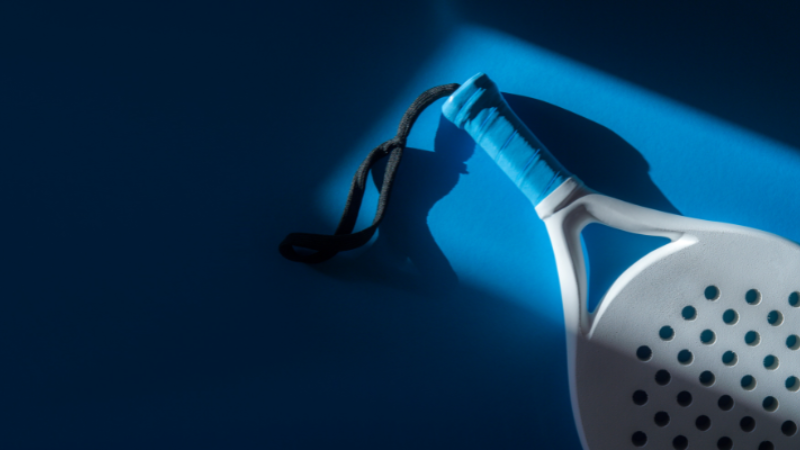
The origins of paddle tennis can be traced back to the early 20th century in Mexico, where it was initially played on rooftops using makeshift equipment.
The game gained popularity among vacationers in resorts along the Mexican coast, eventually spreading to other parts of the world.
Paddle tennis as we know it today began to take shape in the United States during the 1920s.
It was first introduced in New York City as a backyard game, often played on smaller courts with wooden paddles and a solid rubber ball.
The game quickly gained popularity, particularly among urban dwellers looking for a fun and accessible outdoor activity.
Over the years, paddle tennis continued to evolve, with standardized rules and equipment being established to regulate the game.
The introduction of modern materials such as graphite and composite materials for paddles, as well as specialized court surfaces, has further enhanced the playing experience.
Today, paddle tennis or POP tennis is enjoyed by millions of people around the world, with organized leagues and tournaments held in many countries.
Its appeal lies in its simplicity, fast-paced gameplay, and accessibility to players of all ages and skill levels.
Conclusion
In conclusion, paddle tennis is a rapidly growing sport with simple yet essential rules to follow. Understanding the basics, such as serving diagonally and allowing the ball to bounce, is important for enjoyable gameplay.
Learning through lessons and practicing with an experienced partner are effective ways to grasp the rules and techniques of paddle tennis.
F.A.Q
What is paddle tennis❓
Paddle tennis is a racket sport played on a smaller court with solid walls, typically in pairs.
How is paddle tennis played❓
Players use solid paddles to hit a ball over a net, aiming to score points by landing the ball in the opponent’s court.
What equipment do I need to play paddle tennis❓
You’ll need a paddle, a tennis ball suitable for paddle tennis, and appropriate footwear.
What are the basic rules of paddle tennis❓
Rules include serving diagonally, allowing one bounce before hitting the ball, and scoring points when the opponent fails to return the ball.
Can paddle tennis be played indoors❓
Yes, paddle tennis can be played indoors or outdoors, but it’s often played outdoors on specially designed courts.
How many players are needed to play paddle tennis❓
Paddle tennis is typically played in pairs, with two players on each side of the net.
What are the benefits of playing paddle tennis❓
Benefits include cardiovascular exercise, improved hand-eye coordination, and social interaction.
How does paddle tennis differ from traditional tennis❓
Paddle tennis has a smaller court, solid walls, and different scoring rules compared to traditional tennis.
